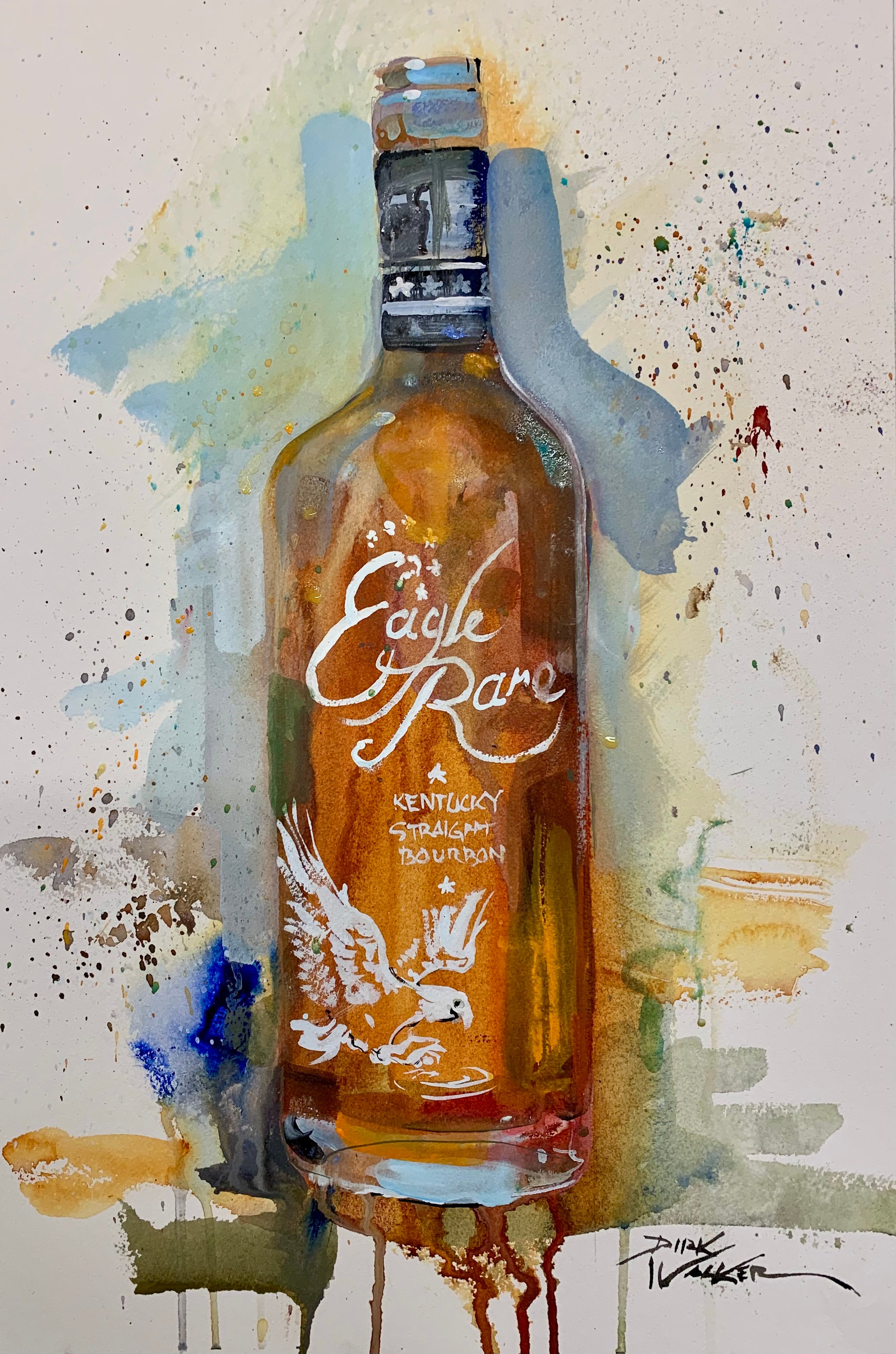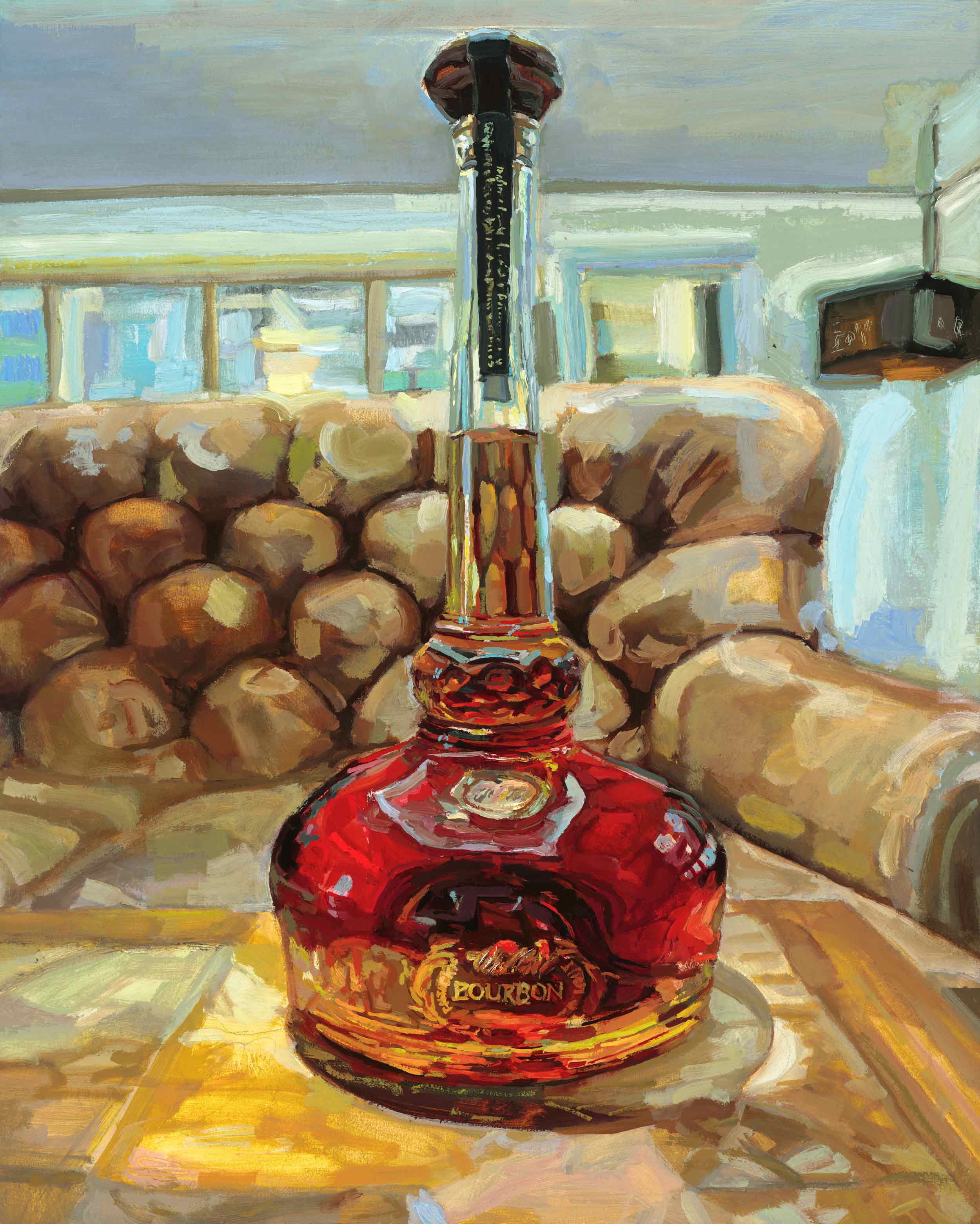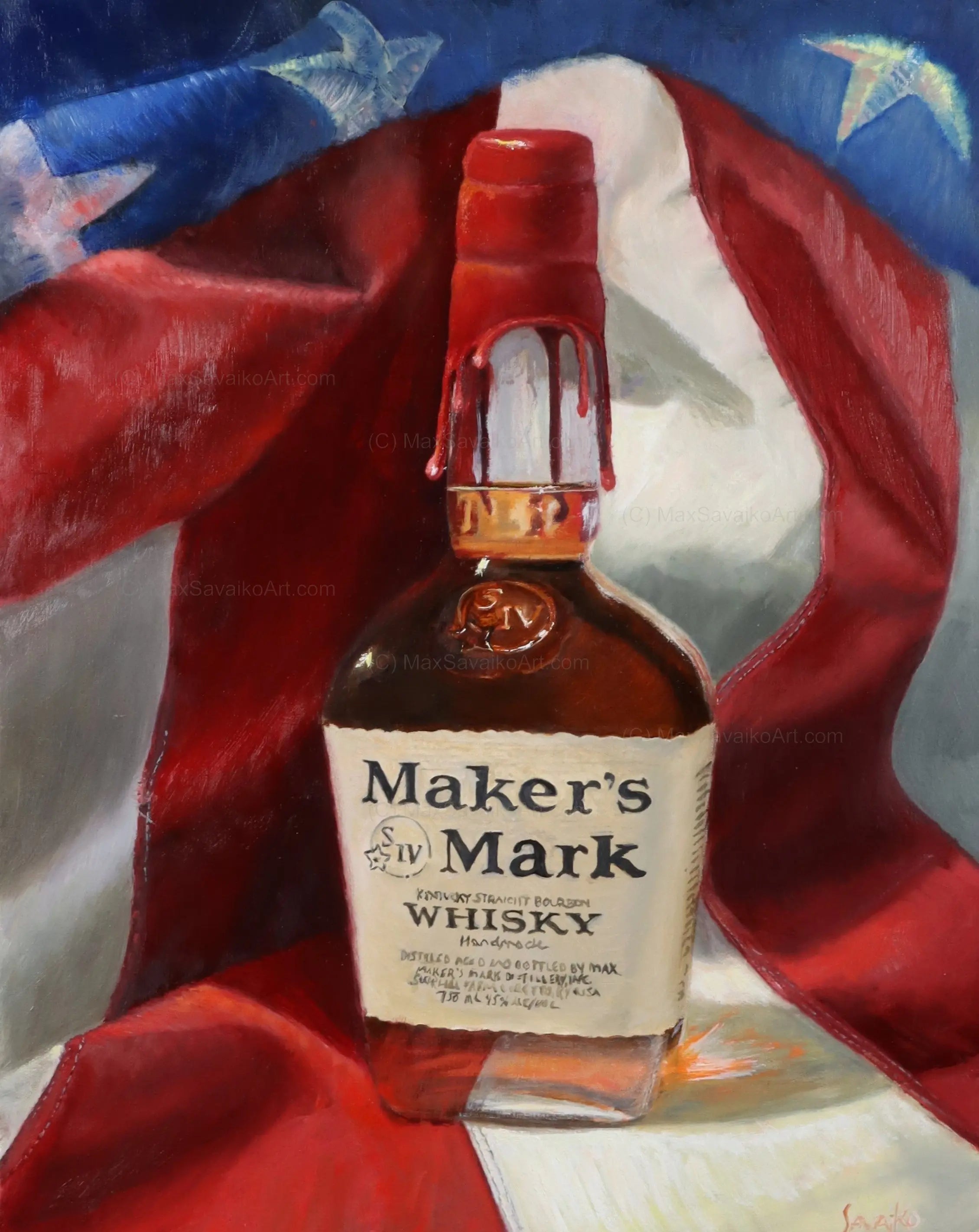The Importance of Whiskey Art in Celebrating Heritage and Craftsmanship in the Beverage Industry
The intricate partnership between bourbon art and the event of heritage and craftsmanship within the drink market can not be overstated. With thoughtfully made labels and containers, scotch brands envelop their historical origins and the artisanal skills that specify their production approaches.
The Historical Origins of Whiskey
At the heart of bourbon's appeal lies an abundant tapestry of historic origins that map back to ancient people. The origins of scotch can be connected to the distillation techniques of the Sumerians and Babylonians around 2000 BCE, where early kinds of fermented grain beverages began to arise. Nevertheless, it remained in the Middle Ages that the art of distillation advanced considerably, specifically in Ireland and Scotland, resulting in the production of whiskey as we understand it today.
The term "scotch" itself originates from the Gaelic word "uisce beatha," implying "water of life." This expression emphasizes the cultural importance of scotch in Celtic cultures, where it was often related to rituals, parties, and communal bonding. By the 15th century, distillation ended up being a recognized craft within reclusive neighborhoods, leading the way for the establishment of lawful distilleries.
As profession routes expanded, scotch's appeal expanded, going beyond local borders and capturing the interest of connoisseurs worldwide. Realism Art. This historic trip reflects not only the craftsmanship behind whiskey production but likewise its essential function in social and social contexts, noting it as a considerable drink throughout background
Artistic Expression in Branding
Bourbon branding stands as an engaging junction of virtuosity and business, where aesthetic identification plays a critical duty in forming customer assumption. The visual appeals of whiskey tags, product packaging, and advertising and marketing products show not only the brand's story but additionally its core worths and heritage. With creative expression, distilleries communicate a narrative that reverberates with customers, stimulating emotions and sparking links.
The usage of color, typography, and images in branding offers to distinguish items in a saturated market. For instance, conventional concepts might evoke a feeling of authenticity and workmanship, while contemporary layouts can symbolize development and forward-thinking. This critical creative instructions enhances brand name recognition and commitment, allowing consumers to build a personal partnership with the whiskey they pick.
Moreover, creative expression in branding frequently functions as a celebration of regional heritage. Distilleries regularly incorporate regional icons or historical recommendations right into their designs, producing a feeling of place that welcomes customers to partake in a wider social experience. Ultimately, the artistry behind bourbon branding not just enhances visual allure yet also enhances the total story of the brand, promoting a much deeper admiration for the craftsmanship and heritage embedded in each bottle.
Workmanship in Container Layout
The artistry apparent in scotch branding prolongs past aesthetic identification to encompass the craftsmanship involved in bottle style. Each container offers as a vessel not simply for the spirit within, yet additionally for the tale it informs about its custom, beginning, and high quality. The layout procedure needs careful interest to information, as aspects such as closure, shape, and material add dramatically to the total assumption of the scotch.
Craftsmanship in bottle design involves picking high-quality glass that can boost the bourbon's shade and clarity, while also providing a responsive experience for the customer. The silhouette of the bottle have to be both aesthetically enticing and practical, typically reflecting the heritage of the brand name. Lots of distilleries select distinct forms or printed logos that stimulate a sense of authenticity and background.
In addition, the label design and typography play a crucial duty in interacting the brand name's story. Bourbon Art. A well-crafted container not only astounds the consumer's eye but likewise reinforces the brand name's commitment to top quality and custom. By doing this, the workmanship of bottle style becomes an essential element of the bourbon experience, merging virtuosity with a profound regard for heritage
Cultural Relevance of Whiskey Art
Commemorating tradition and craftsmanship, the social importance of bourbon art transcends simple visual appeals, linking with the social and historical stories of the regions where it stems. Each bottle acts as a canvas, depicting the special tales, folklore, and customs that have actually shaped regional whiskey-making techniques. The intricate styles usually reflect the heritage of the distillers, integrating icons and concepts that reverberate with the society and worths of their communities.

In enhancement, scotch art plays an essential function in common events and events, acting as a substantial web link in between individuals and their shared experiences. By site valuing the artistry in bourbon packaging, customers grow a deeper understanding and regard for the craft, ultimately improving their enjoyment of the beverage itself.
Modern Trends in Bourbon Presentation
In recent times, the discussion of whiskey has actually advanced to show modern preferences and trends while still honoring typical craftsmanship - Limited Edition. Distilleries are increasingly focusing on visual components that enhance the general alcohol consumption experience, bridging the gap between heritage and modernity
Cutting-edge container designs have emerged, usually incorporating sustainable materials and creative tags that inform engaging stories. Numerous brands currently team up with neighborhood musicians, infusing their products with distinct visual expressions that resonate with customers. In addition, limited-edition launches are usually packaged in collectible containers, adding value and appeal for connoisseurs.

Conclusion
In final thought, bourbon art offers as a crucial avenue for sharing the heritage and workmanship intrinsic in the drink market. With complex branding, innovative container styles, and culturally considerable creative elements, whiskey brands effectively recognize their practices and attach with customers.


Craftsmanship in bottle layout entails choosing top notch glass that can improve the whiskey's color and quality, while additionally supplying a tactile experience for the consumer. In this way, the workmanship of bottle style comes to be an important aspect of the whiskey experience, combining virtuosity with a profound regard for heritage.
In verdict, scotch art serves as an essential channel for expressing the heritage and craftsmanship integral in the beverage industry.